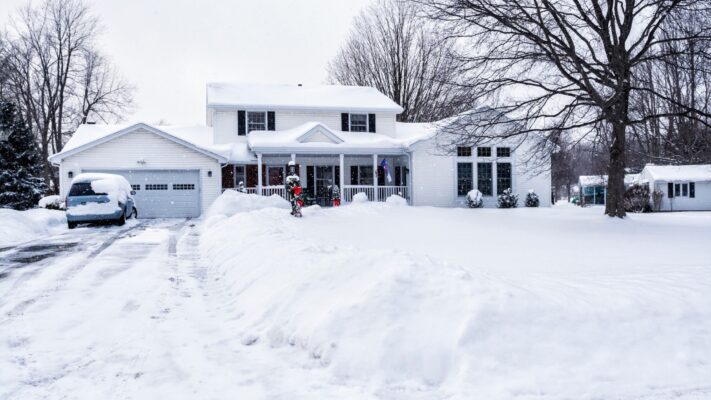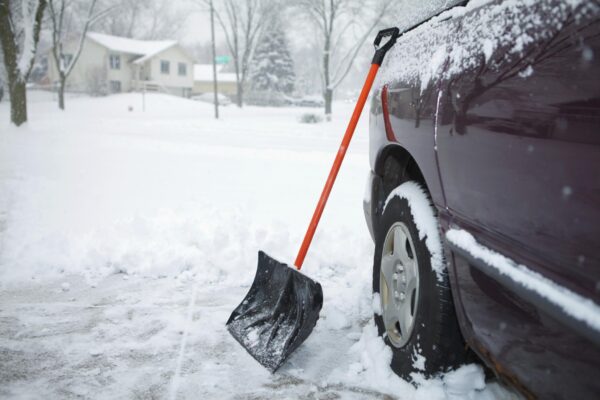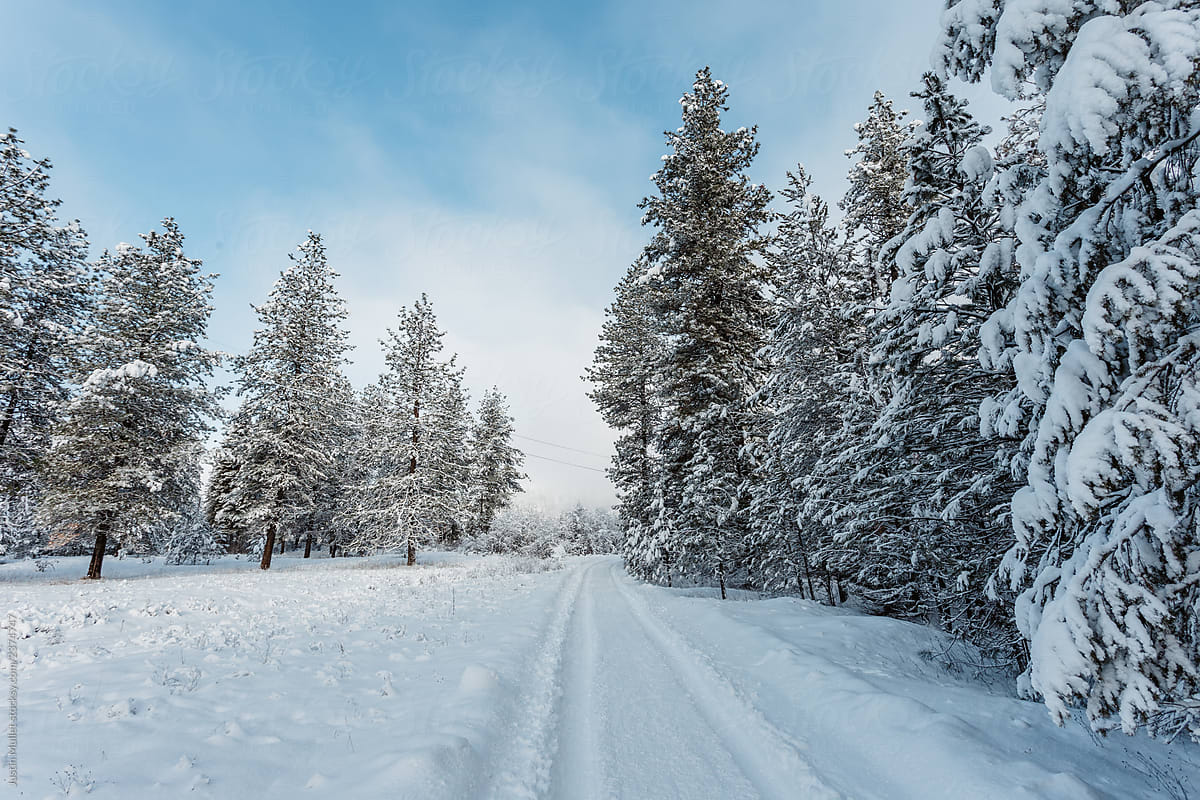How to remove snow from driveway is an essential task for many homeowners, especially those living in regions prone to heavy snowfall during the winter months. When temperatures drop and snow begins to accumulate, it can create hazardous conditions not just for vehicles but also for pedestrians. Clearing your driveway efficiently and effectively is crucial to ensuring safety and accessibility.
In this article, we’ll explore various strategies for removing snow from driveways, providing you with a comprehensive set of tools and tips that will make this chore manageable and even enjoyable. Whether you’re looking for manual techniques or are considering investing in equipment, we’ve got you covered.

Understanding the Basics of Snow Removal
Before diving into the specific methods of snow removal, it’s important to understand the basics that govern how snow behaves and how best to manage it. This knowledge can greatly influence the efficiency of your snow removal efforts.
The Nature of Snow Accumulation
Snow accumulates in layers and can be compacted by weight, temperature, and moisture levels. The first layer on the ground is often light and fluffy, while subsequent layers can become denser and heavier.
When dealing with fresh snow, the task at hand is relatively simple; however, once snow begins to melt and refreeze, it can transform into icy patches that require different handling techniques. Understanding these characteristics allows you to create a tailored strategy for removing snow based on its current state.
Timing Your Snow Removal
Timing is essential when it comes to snow removal. If you can clear your driveway shortly after a snowstorm starts, you’ll find that the job is much easier. Fresh snow is lighter and less compact, allowing for easier shoveling or use of a snow blower.
Waiting too long can lead to more challenging conditions, as snow can settle and turn into ice. This not only increases the effort required to clear your driveway but also raises the risk of injury due to slips and falls. Keeping an eye on weather reports can help you plan your snow removal efforts effectively.
Safety First: Preparing for Snow Removal
Before starting any snow removal task, it’s essential to prepare yourself properly. Wearing appropriate clothing is vital; dress in layers to keep warm without restricting movement. Sturdy boots with good grip will prevent slips, while gloves will protect your hands from cold and abrasions.
Moreover, consider utilizing a back brace if you’re prone to back pain or strain. Knowing how to lift snow safely is crucial: bend your knees, keep your back straight, and lift with your legs rather than your back. These precautions can help you avoid injuries while making the process smoother.
Tools and Equipment for Efficient Snow Removal
Selecting the right tools for snow removal can make a significant difference in both efficiency and effectiveness. Several options range from manual tools to powered machines, each offering unique benefits depending on your needs.
Manual Snow Removal Tools
Manual tools like shovels and snow scoops are the most straightforward solutions for clearing snow from your driveway.
Shovels come in various shapes and sizes, designed for different tasks.
For instance, a traditional snow shovel has a curved blade that makes it easier to scoop up snow. Meanwhile, a flat-edged shovel can be used to scrape down to the pavement, which is beneficial for dealing with packed-down snow or ice.
When choosing a shovel, look for one that’s lightweight and comfortable to handle. Ergonomic features can significantly reduce strain on your body during prolonged use. Additionally, a high-quality plastic or metal blade can make a noticeable difference in durability and effectiveness.

Snow Blowers: An Investment Worth Making
If you face frequent heavy snowfall, investing in a snow blower might be a worthwhile decision. Snow blowers come in various types: single-stage and two-stage models cater to different snow conditions and driveway sizes.
A single-stage snow blower is perfect for lighter snowfalls and works well on smooth surfaces. They are generally more affordable and easier to maneuver. On the other hand, a two-stage snow blower can handle deeper and heavier snow, making them suitable for larger driveways or harsher winter climates.
Regardless of the type, using a snow blower requires practice. Familiarizing yourself with its operation and maintenance is crucial to ensure longevity and reliability. Moreover, always read the user manual carefully before beginning work to guarantee safety.
Other Useful Gadgets
Beyond shovels and snow blowers, several other gadgets can aid in snow removal. For instance, a snow pusher can help clear large areas quickly, while a roof rake prevents snow accumulation on your roof, reducing the risk of ice dams.
Additionally, salt spreaders or ice melt can be useful for treating any remaining ice after initial snow removal. Using these tools strategically can save you time and energy while improving efficiency.
Techniques for Effective Snow Removal
Understanding how to remove snow from your driveway effectively involves employing various techniques tailored to the specific conditions present during a snowfall. Let’s explore some effective snow removal techniques that can help you tackle any snow situation.
Shoveling Techniques for Fresh Snow
Shoveling is perhaps the most common method of snow removal, particularly for lighter snowfalls.
Start by creating a path along the edges of your driveway, which serves as a guide for clearing the central area. Use long, smooth strokes to scoop up the snow, being mindful of your posture to prevent injury.
As you work, try to throw the snow to the sides of the driveway rather than directly in front of you. This strategy reduces the distance you need to lift the snow and helps maintain a clear area for future snowfalls.
Managing Heavy and Packed Snow
Heavy, packed snow can be a challenge, but with the right techniques, you can successfully clear it. Start by breaking up the surface of the compacted snow using a sturdy shovel or ice scraper.
Once you’ve loosened it, switch to using a corner shovel or snow pusher for more efficient removal. Remember to take breaks as needed; working for extended periods can cause fatigue and increase the risk of injury.
It’s also helpful to consider the temperature when tackling dense snow. If the snow is too hard to break through, waiting for a warmer day may soften it, making it easier to deal with.
Dealing with Ice and Refrozen Snow
The most frustrating aspect of snow removal often comes with ice. After a winter storm, melting snow can refreeze, creating a slippery surface.
Using a combination of grit and de-icing agents can aid in managing icy patches. Apply these materials evenly over the affected areas to facilitate melting. Additionally, tools such as a flat shovel can help scrape away thick ice layers.
Preventative measures are also key in managing ice. Regularly treating your driveway with de-icing products during winter storms can reduce ice formation and simplify snow removal later on.

Best Practices for Post-Snow Care
To make your snow removal efforts more successful, it’s essential to incorporate best practices that go beyond mere shoveling or blowing snow off your driveway.
Having a routine can streamline the process and ensure that your driveway remains safe and accessible throughout the winter season.
Implementing a Regular Snow Removal Schedule
Creating a regular snow removal schedule can make it easier to stay on top of accumulating snow. If snow is expected in your area, plan to clear your driveway several times during a snowstorm instead of waiting until the end.
By continually removing snow, you minimize the risk of compaction, saving you time and effort later.
This routine can also extend to checking the forecast regularly and preparing your equipment and supplies in advance, helping you feel ready for whatever winter throws your way.
Utilizing Proper Storage Solutions
After a snow removal session, it’s crucial to store your tools and equipment correctly. Invest in a dedicated space for your snow removal equipment, ensuring everything is organized and easily accessible when needed.
Proper storage extends the life of your tools and helps you avoid unnecessary frustration when the next snowstorm hits.
Additionally, consider keeping a small container of de-icing materials near your front door or garage. With everything at your fingertips, you can quickly respond to icy patches that may form unexpectedly.
Encouraging Neighborly Cooperation
Winter can be challenging, but the sense of community can make snow removal a bit more enjoyable. Consider forming a cooperative arrangement with your neighbors where everyone pitches in to help clear each other’s driveways.
Not only does this approach foster a spirit of cooperation, but it can also make the workload more manageable. You may discover that snow removal can serve as an opportunity to connect with others and share tips, tools, and experiences.

Conclusion
Knowing how to remove snow from driveway is not just about convenience; it’s about safety and maintaining your home during challenging winter months. Armed with the right tools, techniques, and preventive measures, you’ll be better prepared to tackle snowy conditions effectively.
Remember that prioritizing safety is paramount, and leveraging community resources can lighten the burden. Stay proactive in your snow management approach, and you’ll find that winter’s challenges can become opportunities for growth and connection. As you implement these tips and strategies, you’ll not only make the task easier but also enjoy a greater sense of accomplishment and peace during the snowy season.

